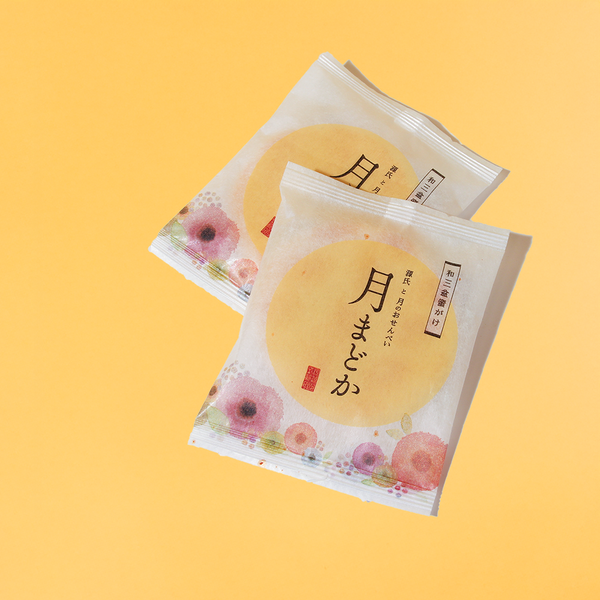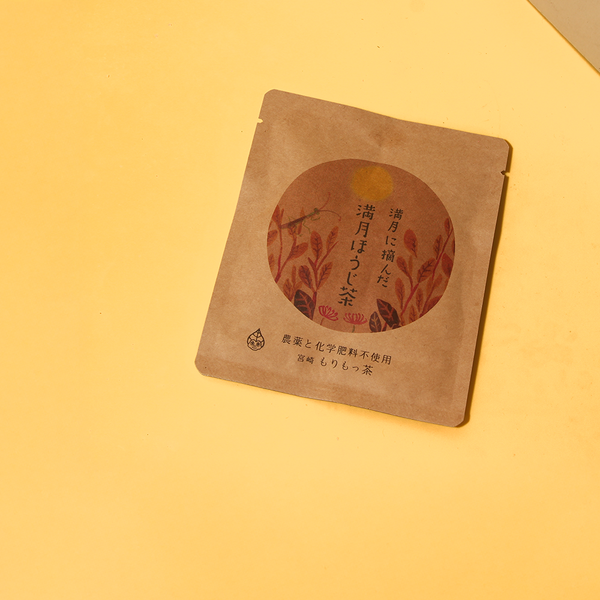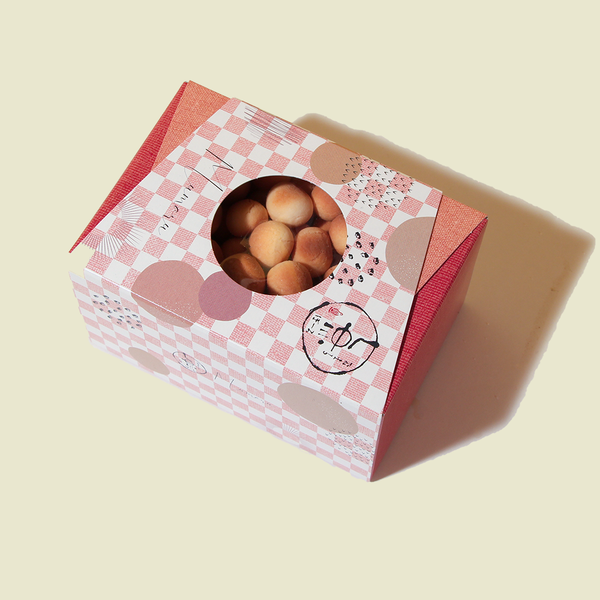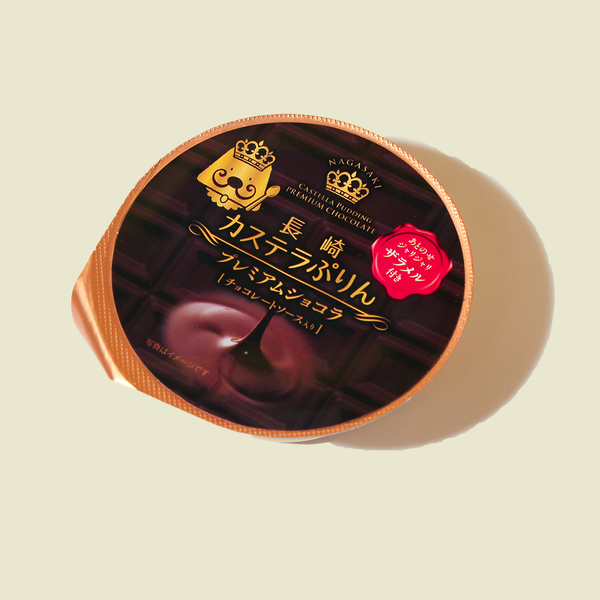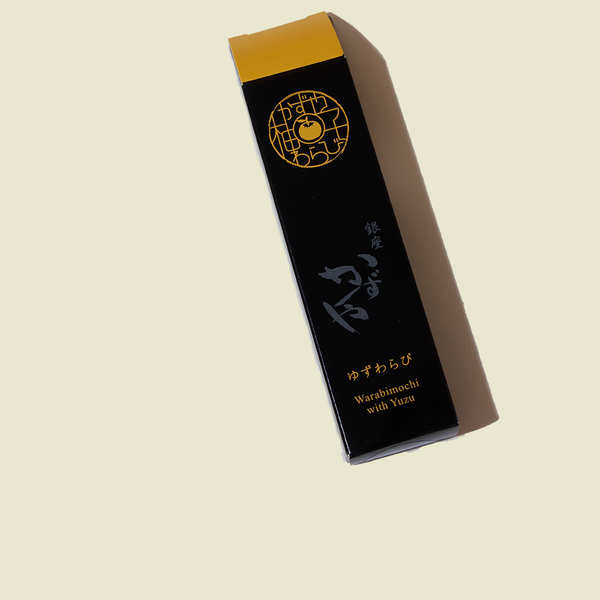
VOL.28
September 2025
Tukimi


What's in this box
Japanese Snack Box
Regular price
$53.99
Regular price
Sale price
$53.99
Unit price
per
- Free shipping for the first subscription payment.
- Please see the shipping fee table provided in MORE INFORMATION on the Subscription page.








